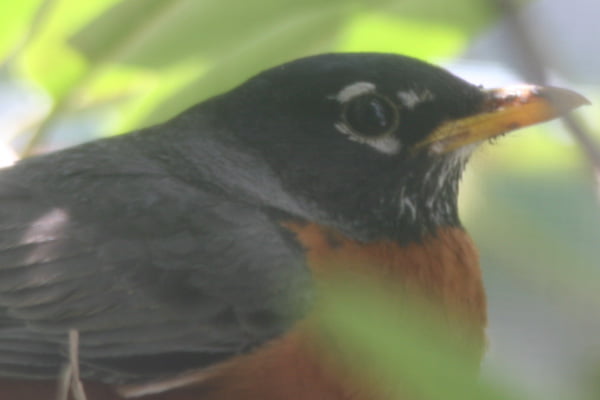This week I find myself writing about Colombia again. But this should not come as a surprise as the country really is almost fathomless when it comes to delicious bird content. This post relates to a delightful Colombian endemic called the Grayish Piculet.
Woodpeckers are phenomenally well-represented in Colombia and the country holds anything from 42 to 44 of the world’s woodpecker species, depending on which list you follow. That’s over 20 % of all the woodpeckers found worldwide. Now woodpeckers are a fairly diverse family of birds, comprising of approximately 30 different genera – from the massive campephilus genus (of which the Imperial and Ivory-billed Woodpeckers are now presumed extinct) to the dwarves of the woodpecker world, the endearing piculets. And then there’s everything in between – the sapsuckers, true woodpeckers, flickers and wrynecks.
This brief video features one of the most beautiful woodpeckers in Colombia, the Crimson-mantled Woodpecker and one of the larger species, the Powerful Woodpecker.
The piculets are a distinctive and unique sub-family of woodpeckers that are best represented in South America. In fact, of the 30 or so species of piculet found worldwide, only four are found outside the continent, three in Asia and one in Africa. An additional species, the Antilean Piculet, is believed to be a link between true woodpeckers and the piculets and is therefore sometimes placed in its very own sub-family.
Like the true woodpeckers, piculets share several traits common to the family. They have long, sticky tongues that they use to extract and catch insects. They share the same robust head structure and also have zygodactyl feet (two toes facing forward and two toes facing backward. But unlike the true woodpeckers, piculets lack the stiff, long tail feathers of woodpeckers and they possess comparatively short, stout bills. For these reasons, piculets are often found perched horizontally on branches, rather than longitudinally, and can be found tossing bark aside rather than drilling holes in trees.
 Piculets have zygodactyl feet like woodpeckers but lack long and stiff tail feathers
Piculets have zygodactyl feet like woodpeckers but lack long and stiff tail feathers
Besides the recently split Beautiful Woodpecker, the Grayish Piculet is the only endemic woodpecker species in Colombia and is one of ten different piculets found in this bird-rich country. Found in the south-western part of the country in tropical dry and moist forests, the stronghold of this bird is around the Cali region in the Cauca Valley. We visited the Cali region to try and locate the bird and found it easily around the Sonso Lagoon which also happens to be a spectacular waterbird location with huge seasonal inundations of thousands of waterfowl.
 The tiny endemic Grayish Piculet at Sonso Lagoon near Cali
The tiny endemic Grayish Piculet at Sonso Lagoon near Cali
The Grayish Piculet belongs to a super-species with the Olivaceous Piculet and is a stunning little woodpecker with a black cap punctuated by delicate yellow and white dots.
 Close-up study of the Grayish Piculet
Close-up study of the Grayish Piculet
For the full episode on our quest for this beautiful bird view the video below, filmed in the Cauca Valley of Colombia.
Photos: Richard Crossley





 New writers welcome – please contact us for details.
New writers welcome – please contact us for details.

















Hi, James…
Great post and video! Really enjoy your shows – the Torrent Ducks were awesome!
Also loved your Ecuador shows. Any recommendations for tours with local guides?
Thanks,
Peggy
@Peggy: Yes, a great company is http://www.birdingtourscolombia.com You can contact either Sergio or Daniel from their website. Good luck and best regards.
Thanks, I’ll check it out!
Great post, thanks! Can’t wait to go to Colombia again now that I notice birds:)
!!!
Definitely going there someday. Hopefully it’s not too dangerous to go there, is it?
Nope – not dangerous anymore. I would still recommend going with a local guide.
That’s good. Thanks for helping me. 🙂